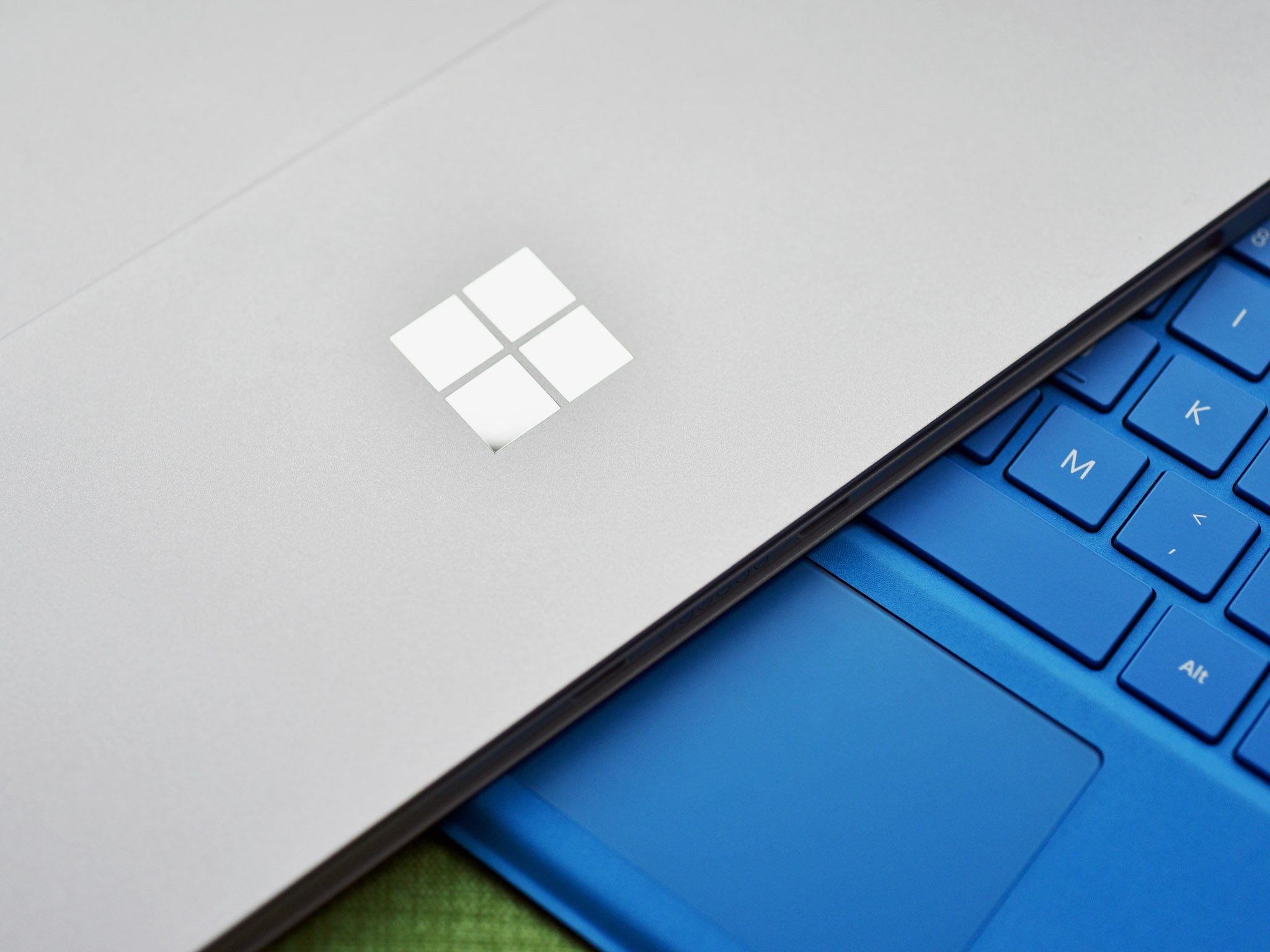
A new experimental Windows initiative from Microsoft, known as "Cohorts," focuses on how the company handles feedback from the Windows Insider Program. Cohorts are groups of people with a common passion, characteristic, or area of expertise. Microsoft hopes these highly-focused groups will help bring fresh insights into how existing Windows 10 features are used, while offering a higher quality of relevant, real-world feedback to inform decisions on introducing new features to the OS.
- Microsoft plans to let users resume interrupted Windows 10 updates
- Microsoft's Windows Insider Program for Business reaches 30,000 organizations
How Windows Insider Cohorts are expected to work
Speaking exclusively with Windows Central, Insider Program chief Dona Sarkar explained that the decision to try out this new approach was part of a broader review of the program, including how feedback is processed. "Feedback generally comes in two forms," she said. "There's 'this is broken, fix it'; and 'we don't have this, build it." That feedback isn't always valuable, though.
Cohorts aren't meant to replace the existing feedback systems but complement them.
While complaints about what needs to be fixed can usually be tracked through telemetry Microsoft receives through Windows 10 preview builds, Insiders often demand features that they don't really need. Meanwhile, features that would genuinely be of use aren't always communicated to Microsoft, as those users may not be well represented in the Insider community – especially among those who actually take the time to send feedback.
For example, if Microsoft is looking for feedback on using a pen to write or draw at various angles in Windows 10, it can only rely on a limited subset of users who own devices with pen support, who are Insiders, and who actually use pens on their devices. Even then, those pen-toting Insiders may not test the full range of pen-focused features available, or submit feedback on all of them.
"People who make massive use of pen and ink on Windows 10, they're the people we need feedback from in that scenario," Sarkar explained. "So instead of just general feedback, what if we focused on getting feedback from creatives that really push the envelope with pen and ink? They're the ones who are going to be using it every day, right?"
Cohorts help dig up additional insight

Cohorts aren't intended to replace the existing feedback systems – including telemetry and the Feedback Hub – but rather to complement them. In fact, Microsoft has used telemetry to identify specific Insider power users that it has invited to into a closed preview of Cohorts.
A key goal of Cohorts is to gain insight from people outside the Insider Program.
Only a handful of Cohorts are up and running so far. There's one for Fluent Design, and another for Insider MVPs, along with a Creators Cohort, which includes illustrators and graphic designers. They're are all invite-only for now; a further Cohort for Windows Insider for Business is open to all WIP4Biz users without an invitation. In the near future, Microsoft intends to launch further Cohorts for developers and accessibility, but there's no limit to the range that could be introduced over time. All of the Cohorts also have their own private forums to share feedback and discuss topics relevant to their group. And while they're currently exclusive to the Cohorts, the plan is to eventually open them up to all Insiders. With the exception of WIP4Biz, all Cohorts are made up of fewer than 100 users at present.
Get the Windows Central Newsletter
All the latest news, reviews, and guides for Windows and Xbox diehards.
Expanding the Insider community from the inside out
Each Cohort is made up of three parts:
- Someone at Microsoft who "controls code" (i.e. who decides what gets fixed and added to a product or service).
- A person in the Insider Community who "influences" or "champions" a certain feature (e.g. pen support) or set of features (e.g. accessibility tools).
- All the people from whom the feedback is gathered.
A key goal of the Cohorts effort is to gain more insight from people outside of the Insider Program. Those within Cohorts are encouraged to identify at least one "hero" for their cause – a real person with specific needs – to help focus their efforts in getting the most useful feedback. That person doesn't have to be an Insider.
That's a result of the "build for one" mentality that Sarkar is a big fan of. "When you build for a single person with a specific problem," she said, "you'll find that there's a lot of people around the world that are pretty much the same, with the same needs."
By more clearly identifying groups of like-minded users in the Insider community and beyond, Sarkar and her Insider Program colleagues believe they'll be able to tap into a rich new vein of feedback from users. This could, potentially, lead to lots more useful and exciting features, as Microsoft's dev teams will waste less time working on features that users don't need and won't really use.
For now, Sarkar is very clear that the Cohorts initiative is "just an experiment … but if it works," she said, "every Insider will be 'Cohorted.'"

